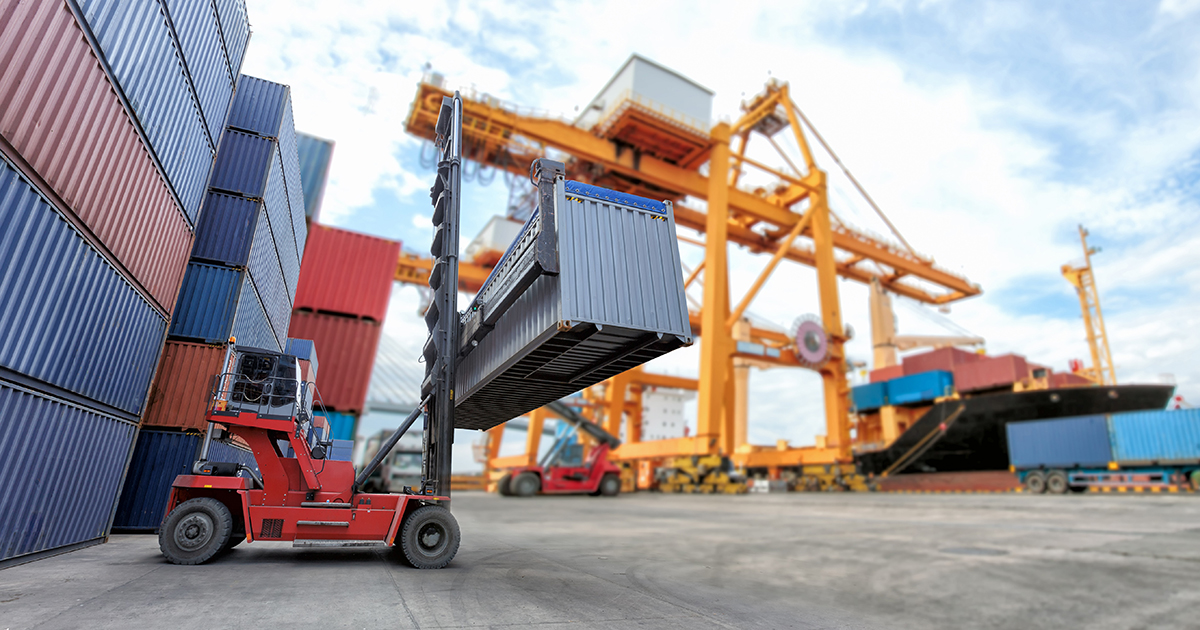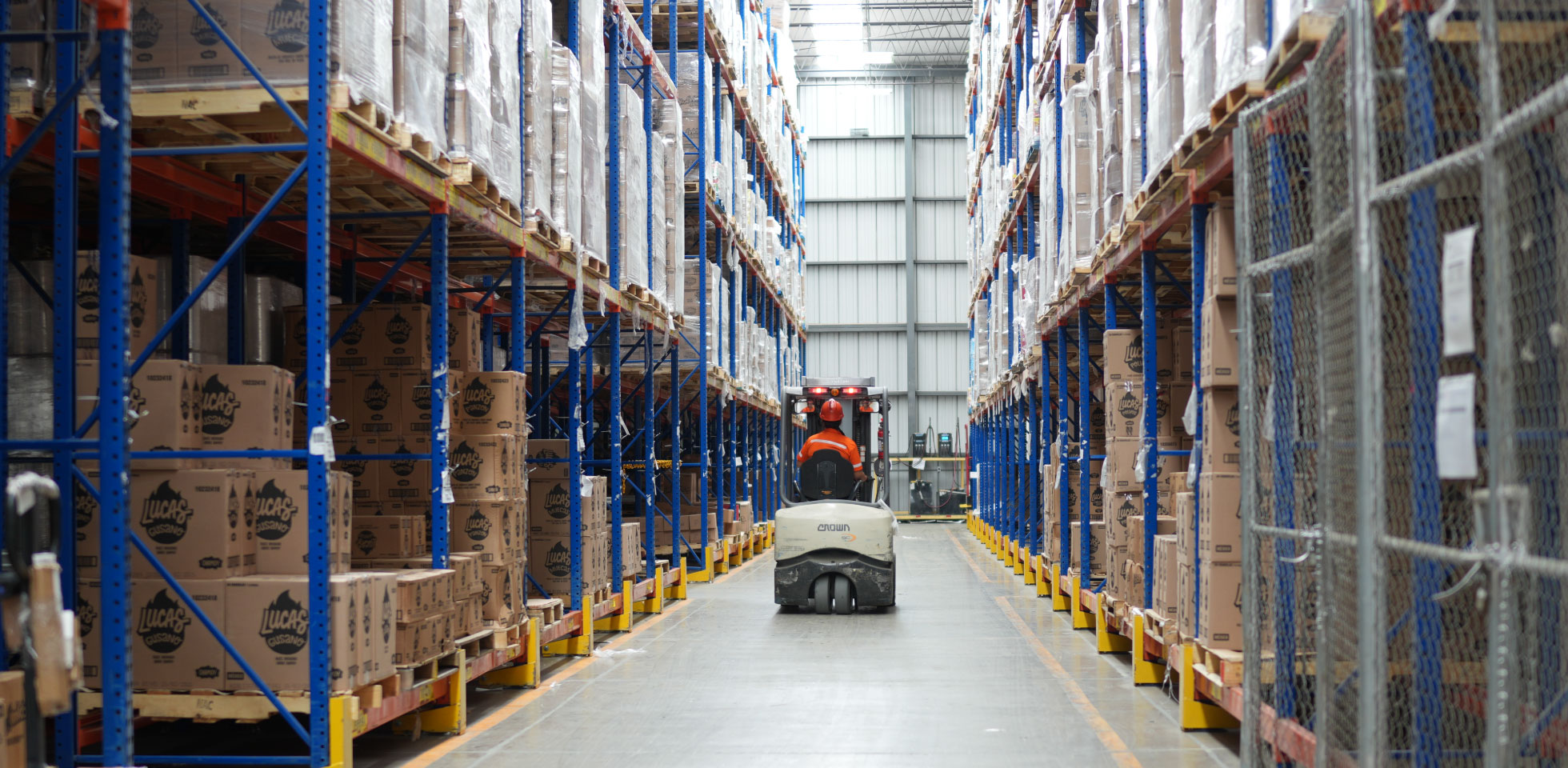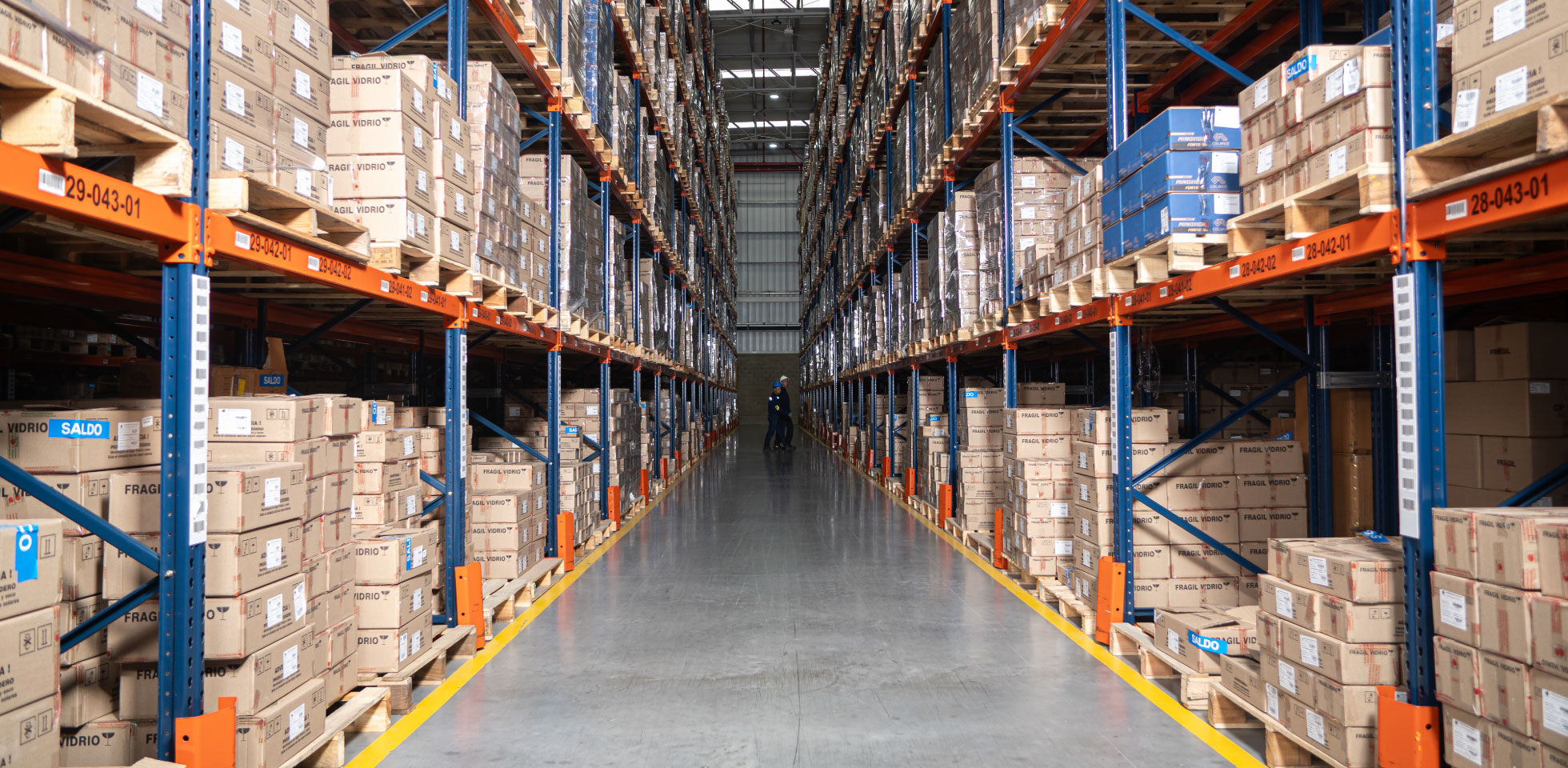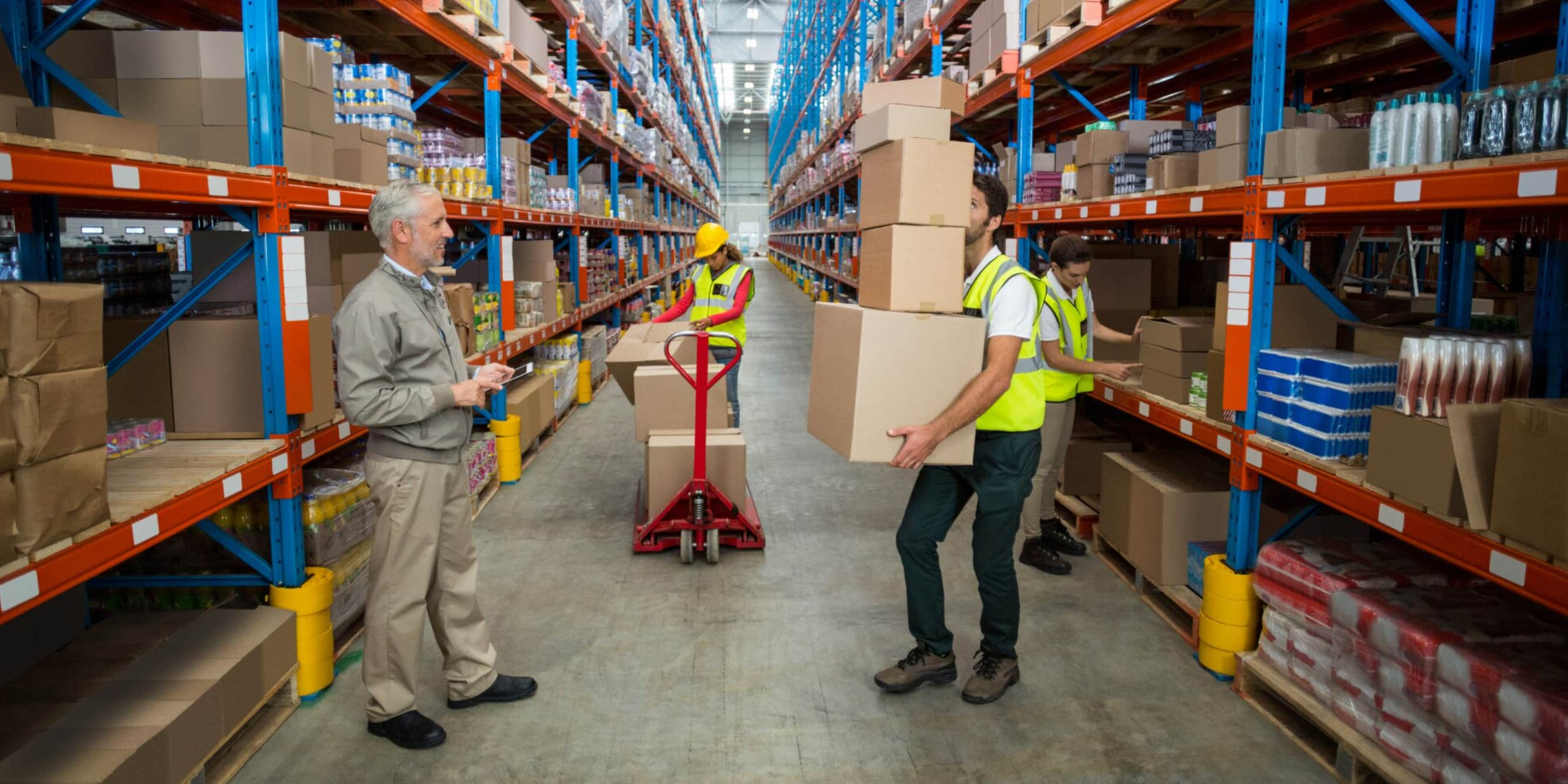The foreign trade challenges are becoming increasingly complex, and the pressure on
supply chains to optimize routes and times is increasing.
The multimodal transport is a solution that combines two or more different transport
modes (air, maritime, river, rail, or road), in which goods are moved according to the
requirement for international shipments, under a single contract, and using a single
transport unit (container, swap body, etc.), from the origin to the final destination. This
mainly helps to streamline transportation, better coordinate logistics and use
standardized trading terms.
In this way, transport operators are responsible for protecting and transporting the
merchandise to the agreed destination, no matter the means used to do so, as they
must comply with safety standards and international certifications to reduce risks and
ensure good merchandise conditions.
For it, multimodal transport also requires a particular infrastructure for cargo
transshipment, which may not exist in some countries: from special transport corridors
to information technologies that connect data from different operators, customs agents,
authorities, companies, and other actors involved in the foreign trade.
It is recommended for this type of transport to be managed by a specialized operator
who can cover the entire logistics chain and choose the best means of transport, and
also be able to create the necessary infrastructure.
Advantages and benefits of multimodal transport in foreign trade
companies, we may find:
- More flexible transport, offering alternatives to inventory and dispatch planning.
- Lower operating costs for transport and merchandise control.
- By using the same container, loading, unloading and general cargo handling times decrease.
- Better logistics management, combining the advantages of each means of transport.
- Fewer controls and inspections once the cargo units and the containers are sealed.
- Better merchandise follow-up.
- Reduced risk of merchandise loss due to theft or damage.
- It allows offering prices that are more competitive.
Regulation of multimodal transport
Multimodal international transport is regulated by the UNCTAD Convention, an
organization that defines roles and responsibilities of both transport operators and
shippers.
This convention establishes that multimodal transport operators can be either
individuals or corporations, whether shipping lines, railroad operators or specialized
freight forwarders. Since the operation must be carried out under a single contract, the
multimodal transport operator is accountable for issuing the unified document of all the
means and modes of transport used, taking all responsibilities.
Required documentation
The multimodal transport contract between a shipper and an operator must cover the
entire logistics chain and the different transport modes to be used, and follow the
standardized parameters of the International Federation of Freight Forwarders
Associations (FIATA), which issues two documents for this purpose, depending on the
transport mode to be used, whether maritime, air or road:
The FIATA Negotiable Multimodal Transport Bill of Lading (FBL), or simply FIATA
Bill of Lading, is used as a negotiable form when one of the transport modes is
maritime; and the Non-Negotiable FIATA Multimodal Transport Waybill (FWB),
when the transport modes are air or road/railroad.
Units in multimodal transport
The most common international multimodal transport unit is the container. Although
there are many different types, not all of them are suitable for multimodal transport.
The so-called intermodal transport units (UTI) are basically used in road mode
operations, whether containers, swap bodies or semi-trailers.
It is worth mentioning that the European Union is on the way to establishing the
“European intermodal loading unit” (UECI), which combines the advantages offered by
the containers (mainly resistance and stacking capacity) and swap bodies (increased
capacity).
Multimodal terminals
The UTIs are transferred to a place equipped for transshipment and warehousing,
known as multimodal terminal or multimodal logistics platform.
The more complex terminals count on several areas, from general logistics or service
areas to specialized and mono-functional areas.
Here, transport exchanges can be performed between modes: from road to railroad,
from road to maritime, from road to air, and from railroad to maritime, while loading
areas can be railroad intermodal stations, seaport and airport loading areas.
Undoubtedly, it is a transport mode that has greatly streamlined the international flow
of goods and will therefore continue to gain ground in global trade.
One of Solistica integral logistics services is precisely the multimodal service, which
develops suitable solutions for each stage of the flow of goods and transport mode.
We offer a wide range of road distribution services and railroad services in North
America, partnerships with the main international shipping lines, containerized
services, air cargo and parcel, integration of customs and warehousing management
in proposal, as well as full visibility of the multimodal chain, thus allowing our
customers to real-time monitor their merchandise movement.






